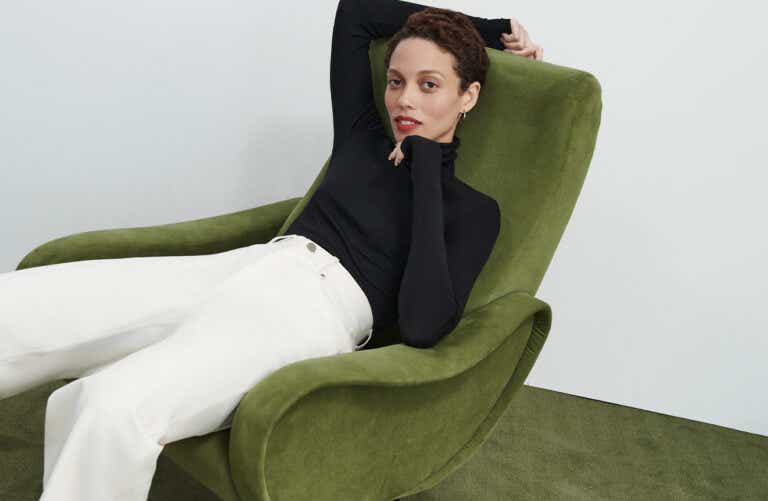About M.M.LaFleur
There’s nothing worse than spending all day in clothes that pinch and pull. M.M.LaFleur was started by a group of female entrepreneurs who wanted to make choosing an outfit the easiest part of your morning. Whether you’re running for office, running a meeting, or running your kids from place to place, M.M.LaFleur offers classic pieces that incorporate thoughtful touches, like hidden buttons to prevent gapping and lingerie snaps to keep bra straps out of sight. And the brand goes a step further than making you look sharp: Its 2020 initiative #ReadytoRun loaned worry-free clothing to women running for every level of public office. Plus, M.M.LaFleur is a longtime partner of Bottomless Closet, an organization that offers professional clothing to disadvantaged women in New York City.

Why we love them
We love how M.M.LaFleur combines comfort and style so you can look and feel your best at home, work, and everywhere in between, and the wrinkle-resistant and machine-washable fabrics are a huge plus. KCM’s Mary Kate loves the wide-leg Milo Jean for a touch of drama; it features an adjustable hem to make switching from flats to heels easy. The Peggy Top is a new favorite of KCM’s Lisa: It has a sleek v-back to match the v-neck front and is perfect for the office, a casual lunch, or a night out. For the shopping-challenged among us, M.M.LaFleur offers virtual and in-person appointments with senior stylists to help you build your ideal wardrobe of versatile pieces. With stretchy waistbands and plenty of options whether you’re petite, tall, or expecting, M.M.LaFleur’s clothes are fad-resistant, made to last year after year.

Meet Sarah LaFleur
After spending her early 20s searching for her dream job, Sarah LaFleur quit the corporate world at 27, put all of her savings into a business account, and started working on a line of apparel designed for working women…despite having no experience in the fashion industry. “I was very naïve, and in some ways that worked in my favor,” LaFleur says. “Apparel is a very complex industry, but I walked in thinking, How hard can it be to make a better pair of pants, a better T-shirt, a better button-down?” We talked to Sarah about the design process for M.M.LaFleur’s clothing line, how the brand has evolved over time, and the method her company uses to ensure equal compensation for equal work.

In Conversation with Sarah
KCM: You started M.M.LaFleur in your late 20s. How did you make the decision to start a company?
Sarah LaFleur: I should start by saying I never thought of myself as an entrepreneur. My first real job out of school was as a management consultant, which led me to spend some time working for a nonprofit in South Africa before ultimately coming back to New York City to work for a private equity firm. I had these disparate experiences and I was hopping around a lot, trying to figure out what my calling was. I landed what I thought was my dream job at this private equity firm, and basically the first week in, I knew I had made the wrong choice.
That quickly? What happened?
I just knew I was not a good culture fit. I was one of two women out of over 100 investment professionals. I remember people remarking to me that it was not a particularly female-friendly work environment, and I could feel from the very beginning that there was no way I could be successful there.
I tried to hang on for a little bit, but four months in I decided to stop trying to make it work when it wasn’t meant to be and I left. It was the last thing I wanted to do because I really wanted to build a career, but it was a hard, hard environment and I was very emotionally depleted. After I left, I was distraught and I wasn’t sure what to do. I was so obsessed with the fact that I had left a job so quickly and that no one would ever hire me again that I was thinking, “I probably should go and start my own thing because that’s the only way I’ll make money.” So this idea to start a company came about at this very, very low point of my professional confidence.
How did you decide on clothing?
I had had this idea for a clothing line for working women for a long time. My mother worked in high-end fashion, so she would bring home pieces and show me what good tailoring looked like, what good fabric felt like, what a good fit felt like. I saw what was attainable, even though what I would actually purchase for myself on my starting salary was nothing like that. I sensed a huge gap between what was actually available for most working women and what could be. So I started with the question, “Could you just make better, beautiful clothing for busy women?”








